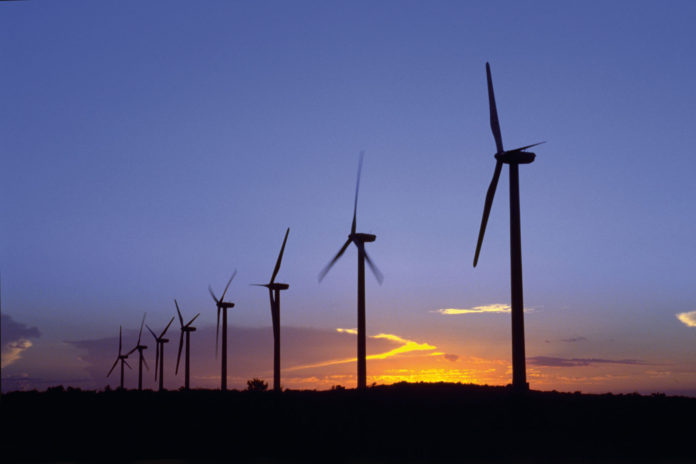In the 20 years since Gov. George W. Bush enacted a Renewable Portfolio Standard for the state of Texas, wind power has enjoyed exponential growth. Today, Texas’ wind industry is by far the nation’s largest, generating 15 percent of the state’s electricity and trending upward in nearly every meaningful metric.
Much has been written about the broad impact of the wind boom on our future. At today’s scale, wind energy means a more sustainable grid – one that creates far less air pollution and uses less water. As wind becomes even more prevalent in our power mix, and as transmission infrastructure continues to expand, our outlook will only improve.
But environmental benefits aren’t all that come along with wind energy. The industry’s economic footprint is massive – and not just in the communities hosting wind turbines. In fact, wind power is helping lead a renaissance in a long-struggling sector of the American economy—manufacturing.
More than 25,000 Texans currently work in and around the wind industry, and more are joining up every day. Federal statistics show that wind jobs – specifically wind technicians – are among the fastest growing in the nation. But wind jobs aren’t limited to the workers who plan, operate, and maintain the turbines themselves. Wind power is also creating jobs, opportunity, and investment in Texas’ manufacturing sector.
Every wind turbine requires around 8,000 distinct parts to build and operate, ranging from large parts like turbine blades and nacelles to tiny parts like bolts, bearings and cables. It takes more than 500 manufacturing facilities in the U.S. to provide the materials and components needed to build a wind turbine, and 46 of those facilities can be found in Texas with more than 20 percent of them right here in the Dallas-Fort Worth area. In fact, Texas’s wind manufacturing footprint is larger than every state except Ohio.
Manufacturing components in Texas makes perfect financial and logistical sense – why not set up shop in the state with the nation’s most prolific wind sector? The symbiotic relationship between manufacturers, wind developers, and the landowners and communities that play host to the turbines is an example of the power of an integrated supply chain. And since strong policy at both the state and federal levels encourage wind developers to use domestic suppliers and manufacturers, the benefits stay close to home, making both Texas and the United States at large more competitive.
You don’t have to look far to find examples of this symbiotic relationship in action. As wind power has expanded in Texas, companies like GRI Towers in Amarillo and Broadwind Towers in Abilene play crucial roles in belong the wind industry grow in Texas and create additional jobs and generate even more revenue in the process.
In addition to the significant impact of wind-energy manufacturing on our region, workers of all educational backgrounds help power the wind-energy industry: Texans with degrees in engineering, finance, business development, and policy are found in the industry as are those with hands-on craft and vocational experience, such as welders, crane operators, laborers, steel and fabrication workers. According to the U.S. Bureau of Labor Statistics, “wind turbine technician” is the fastest growing American job today and one of the fastest growing of the past decade and will continue to grow by as much as 96 percent (from 2016 through 2026). The industry is also attractive to U.S. armed forces veterans who represent 11.5 percent of the wind energy workforce, which is higher than the national average of 7 percent. Both the Tarrant County College and Dallas County Community College Districts offer Renewable/Sustainable Energy Technology programs for area residents looking to pursue a career in this growing industry.
When it comes to wind power in Texas, in other words, opportunity breeds more opportunity.
With some of the country’s strongest wind resources, the nation’s highest demand for power, and a long history of solid leadership on the part of state elected officials, the wind sector’s growth shows no signs of fading. That’s news that can and should be celebrated by the countless communities, consumers, landowners, and manufacturers who look to the industry for opportunity.
With ongoing support from elected officials, wind can power growth in Texas for many years to come, and it’s Texas families and businesses that stand to benefit the most from this growth.
Chris Wallace is the president and CEO of the North Texas Commission, a public-private partnership of businesses, cities, counties, chambers of commerce, economic development entities and higher education institutions in the North Texas Region. The North Texas Commission convenes stakeholders, educates and advocates in support of regional priorities that advance the vibrancy of North Texas.






